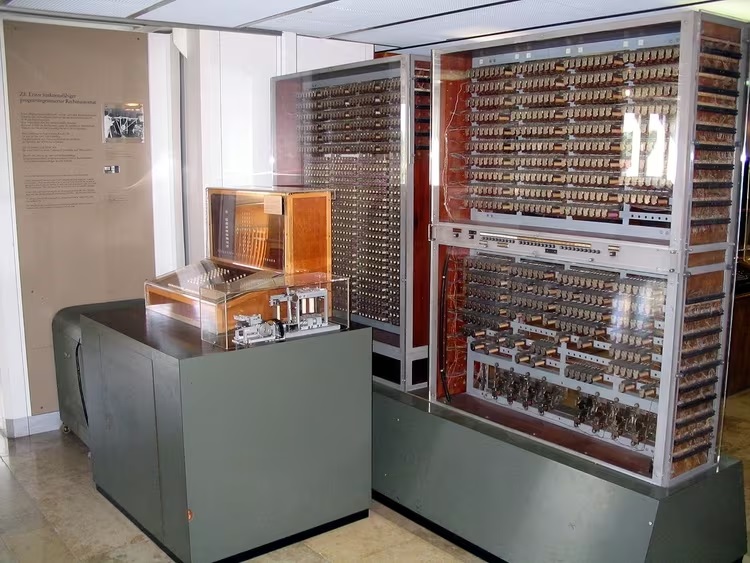
Why only mechanical elements? ... EMPs
The fear of the arrival of an Electromagnetic Pulse (EMP) from the Sun is more than founded on past realities.
In 1859, a large coronal mass ejection or solar flare occurred. Starting on August 28, auroras were observed reaching as far as northern Colombia. The peak intensity was on September 1 and 2, and caused the failure of telegraph systems throughout Europe and North America. The first signs of this incident were detected on August 28, 1859, when the northern lights were seen throughout North America. Intense curtains of light were seen, from Maine to Florida. Even in Cuba, ship captains recorded in their logbooks the appearance of coppery lights near the zenith. At that time the telegraph cables, an invention that had begun to operate in 1843 in the United States, suffered cuts and short circuits that caused numerous fires.
On the other hand, several countries in the atomic energy club have experienced the production of PEMs as a side effect of atomic tests. It was seen that after a nuclear explosion all electronic devices within a certain radius of action were damaged and rendered useless. The greatest gamma radiation, above all, is highly penetrating and interacts with matter, irradiating and ionizing everything, including the surrounding air itself. The gamma radiation is consumed quickly and creates a zonal electromagnetic field kilometers in diameter.